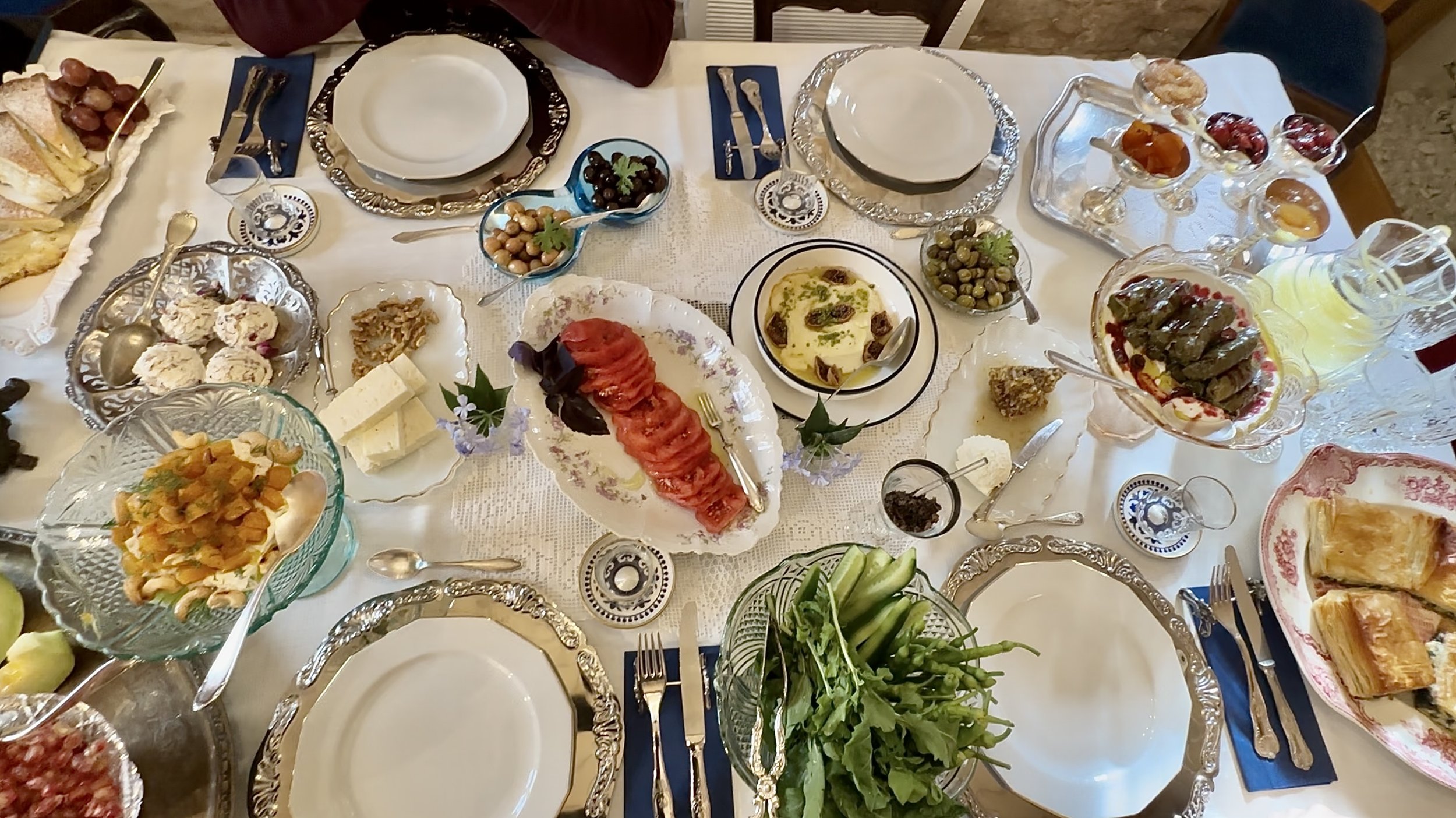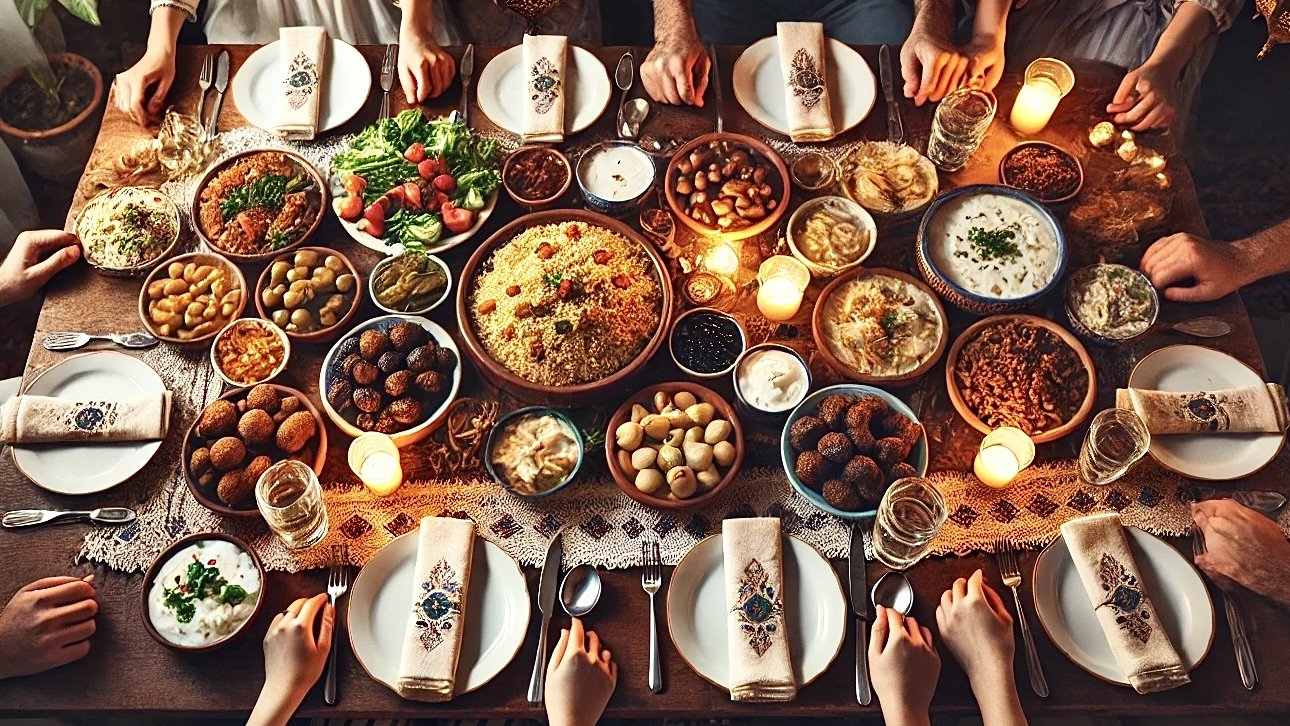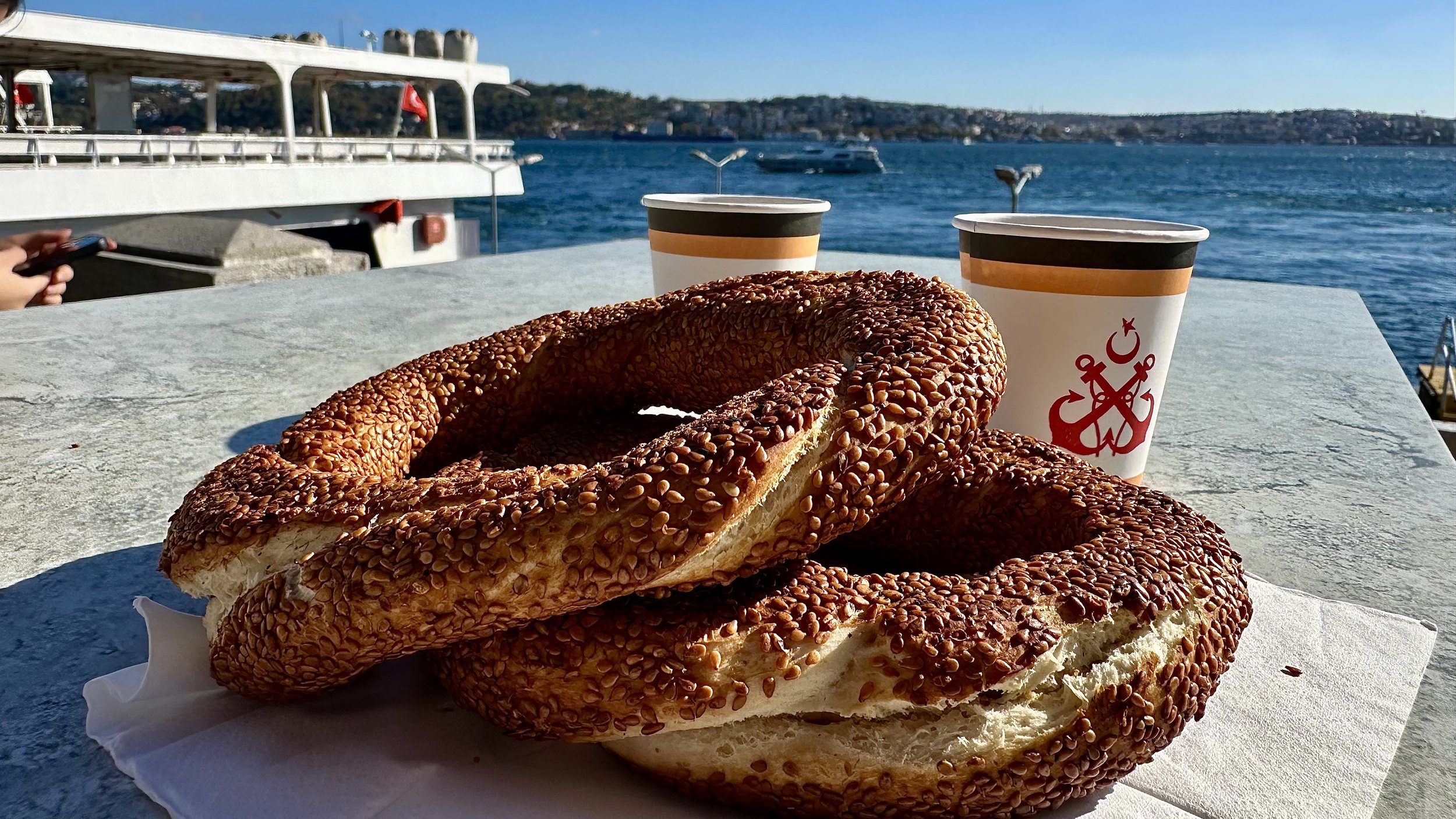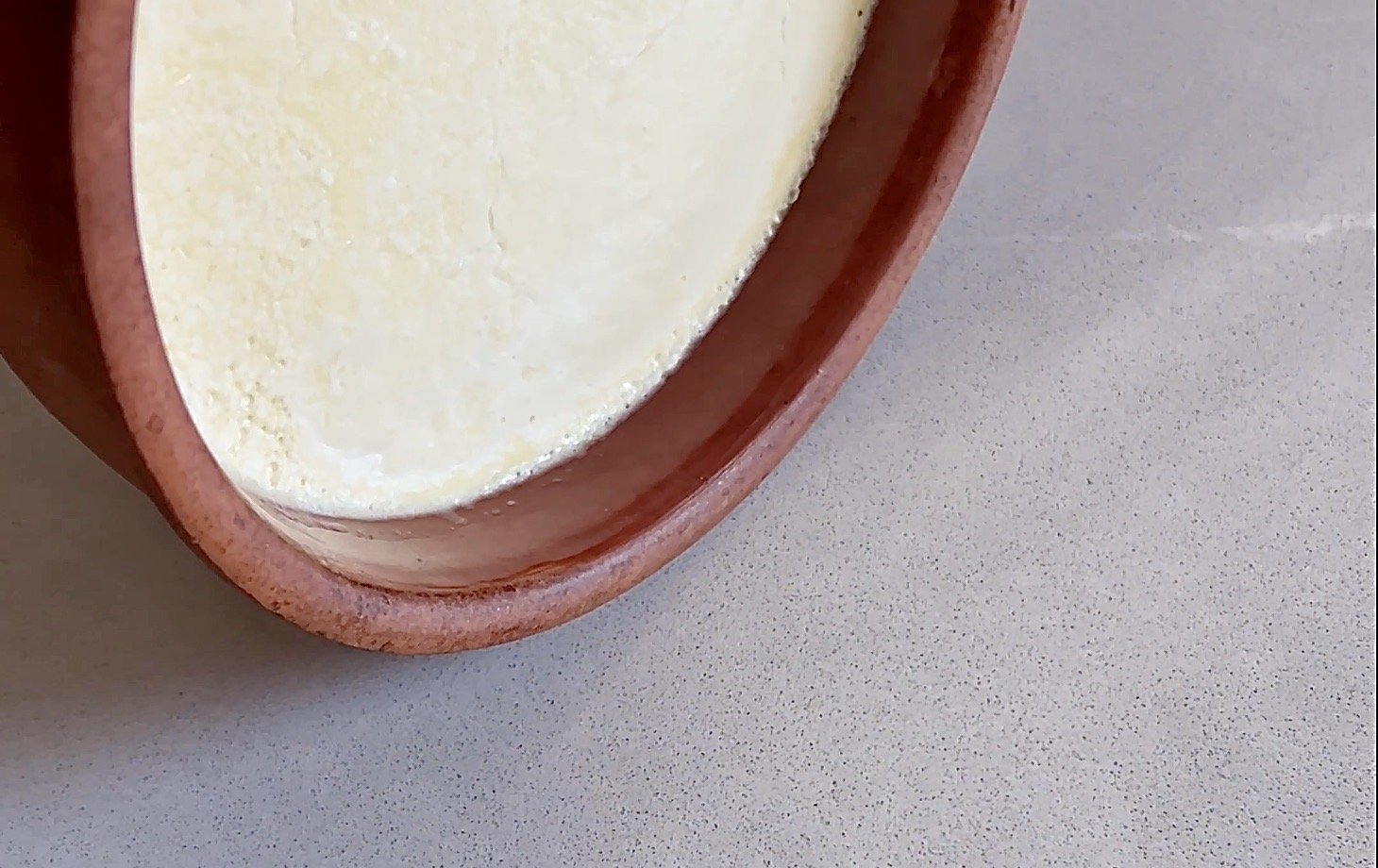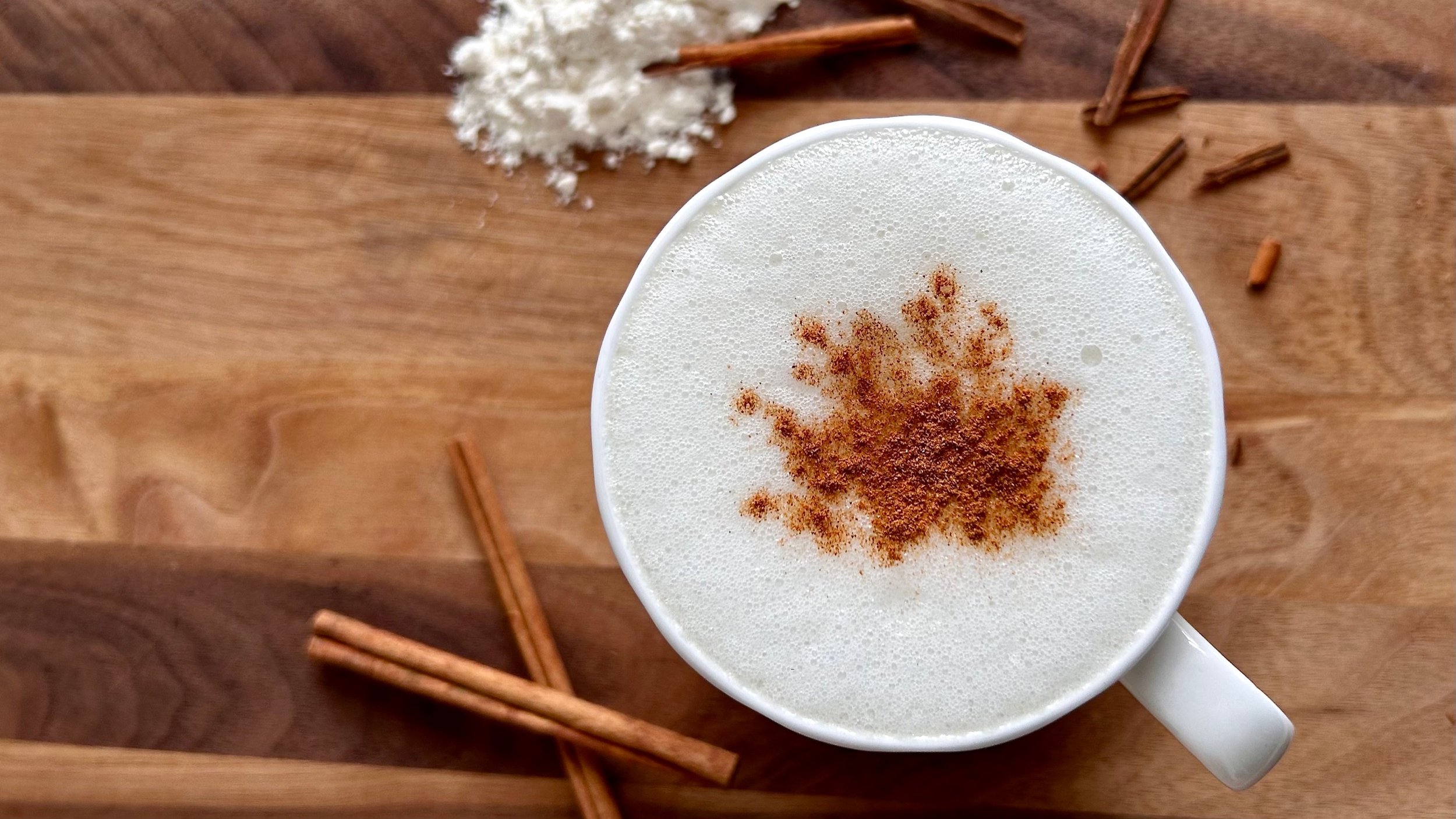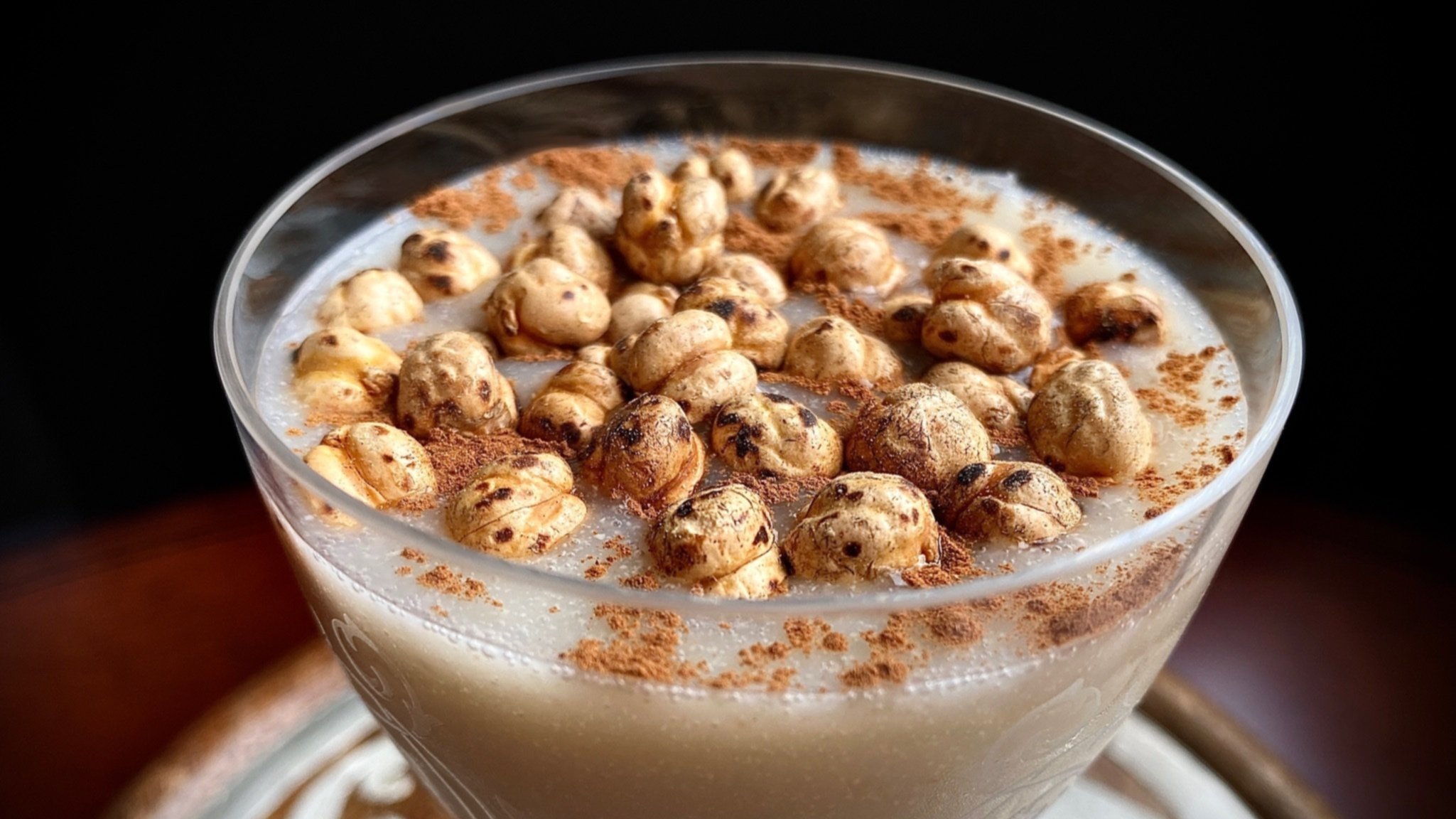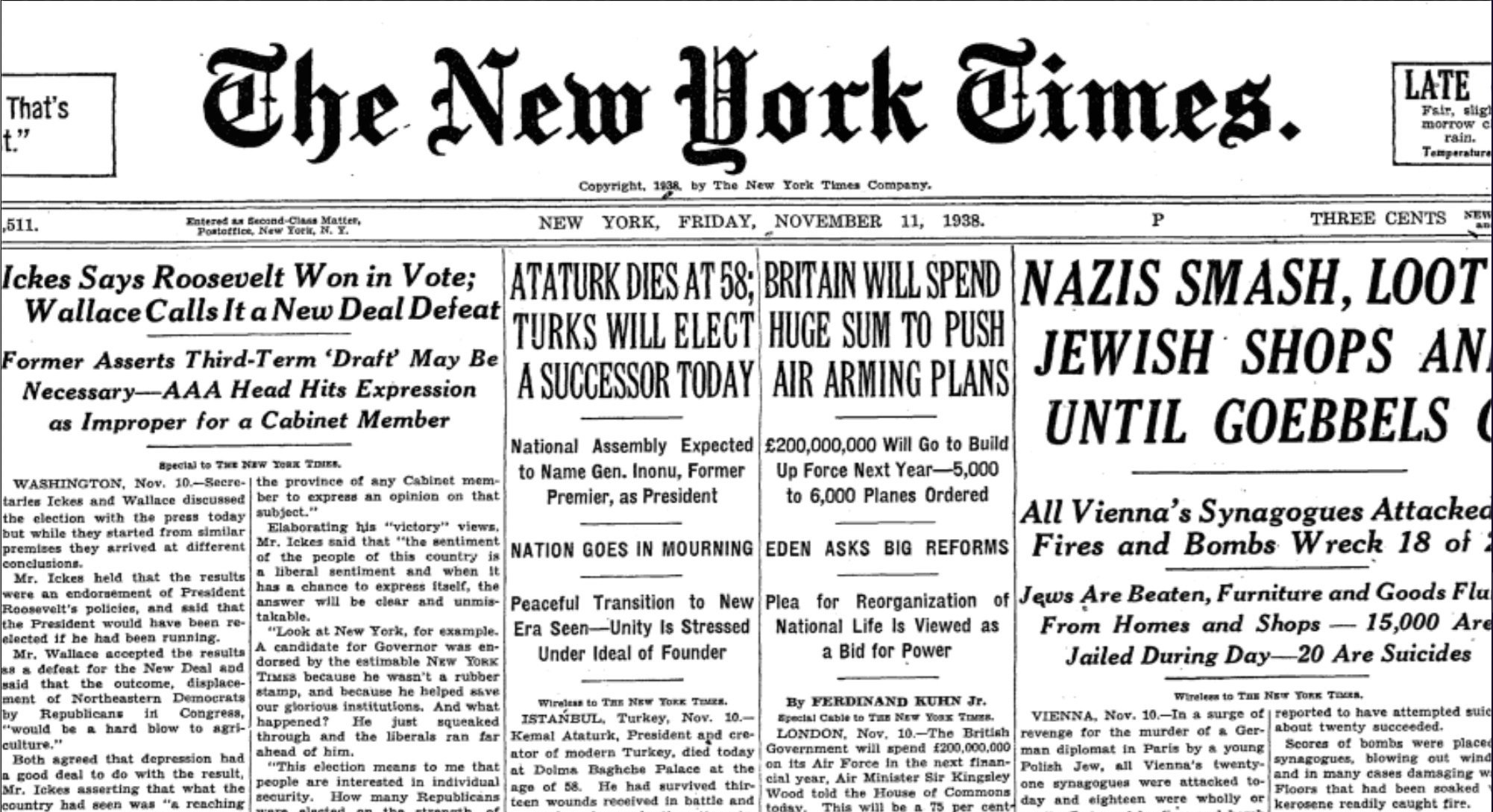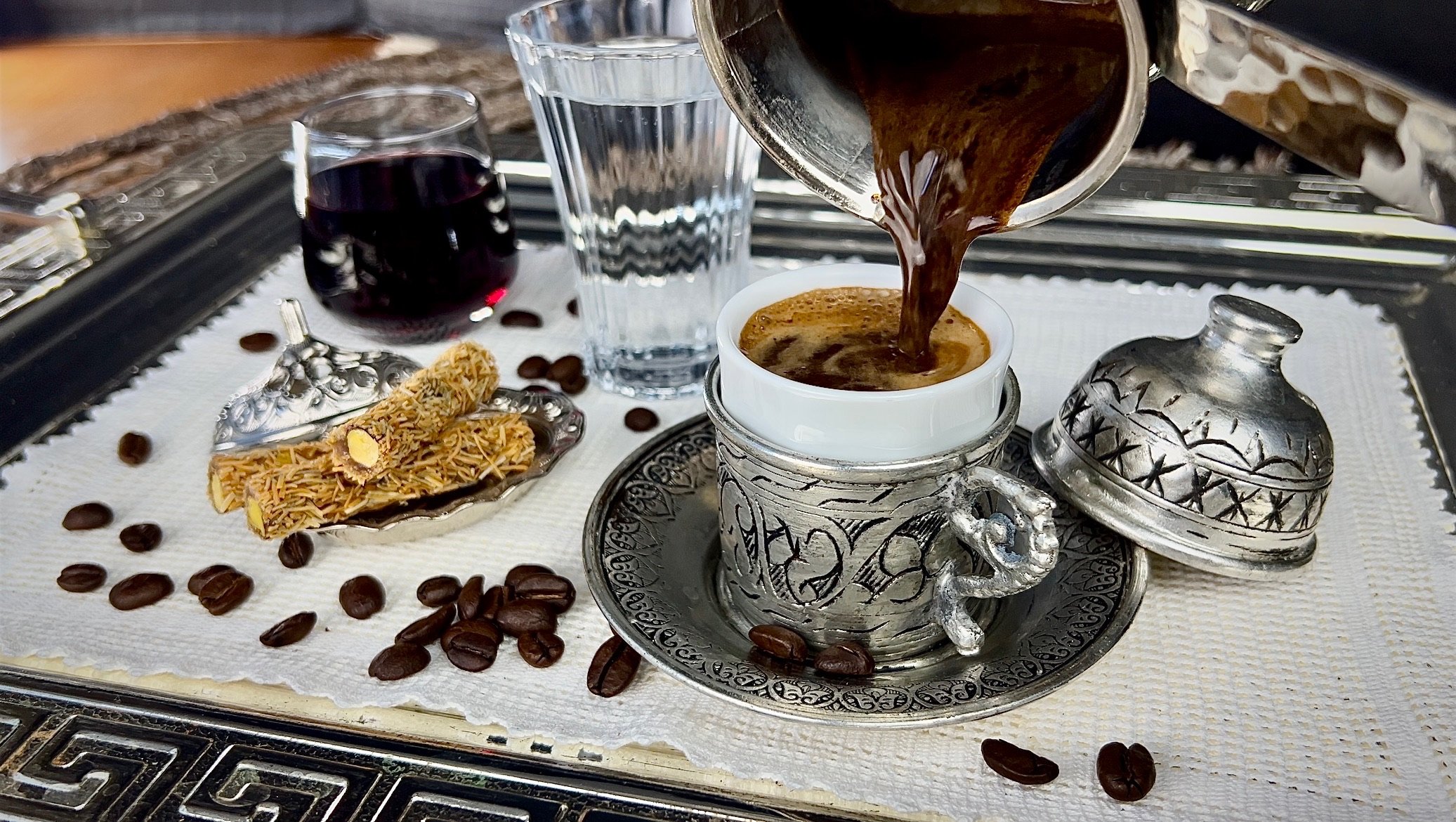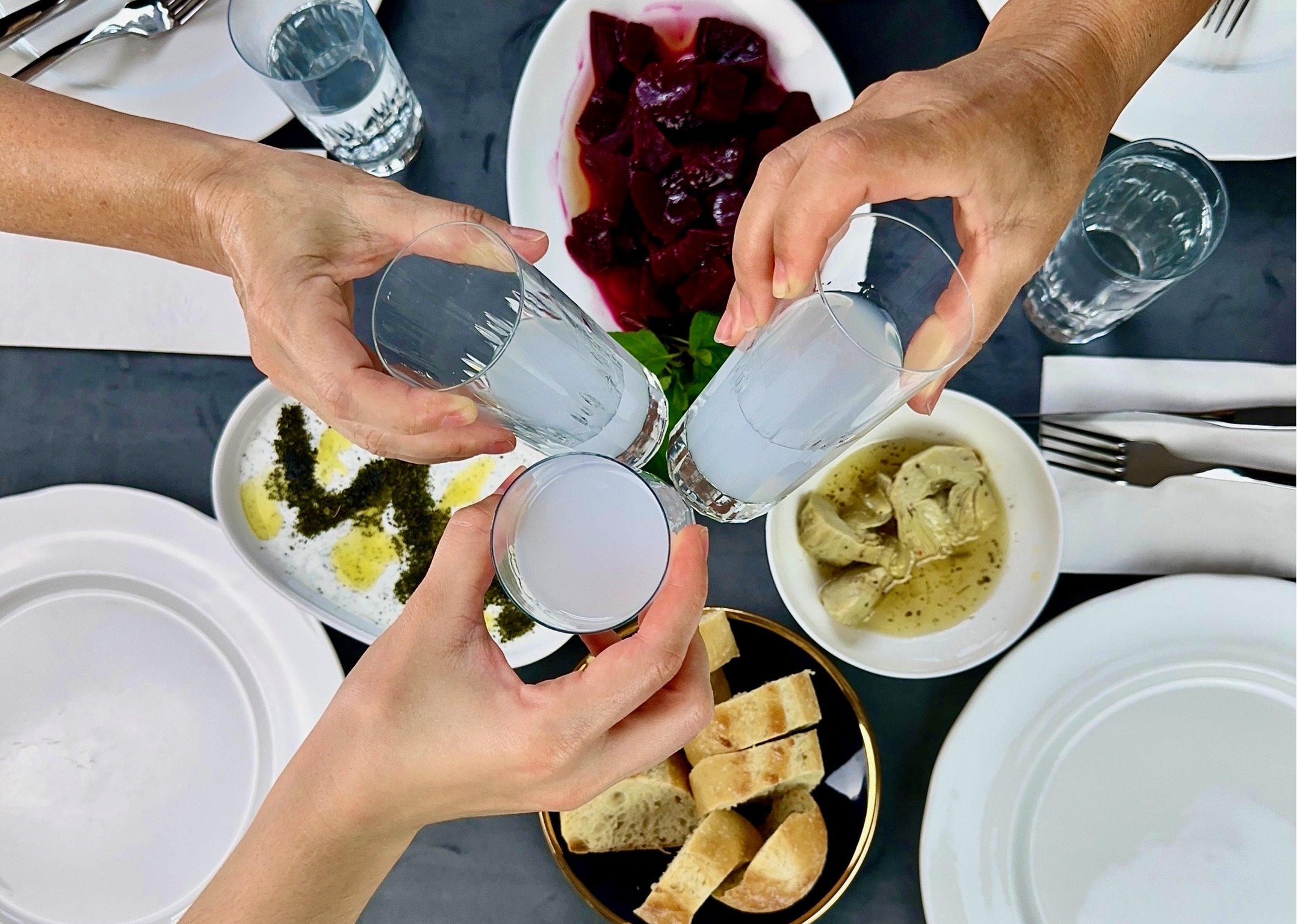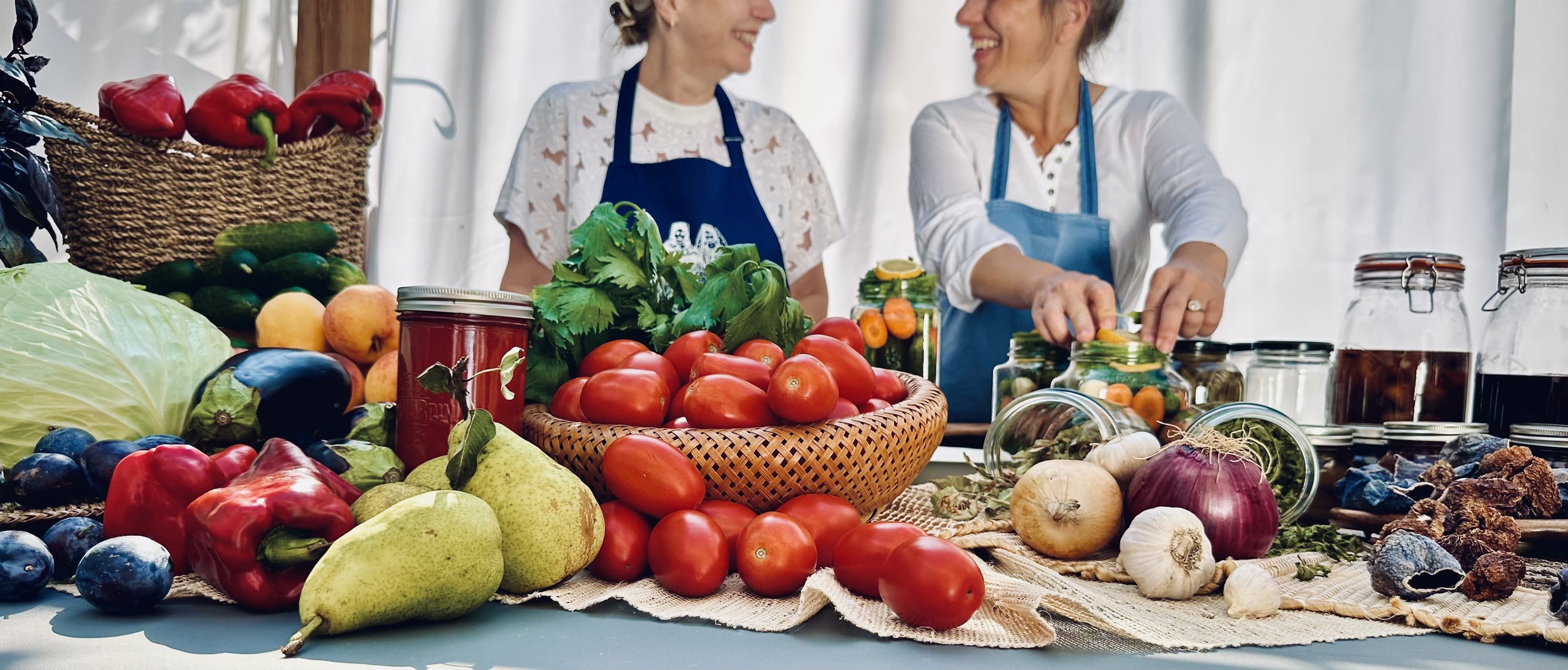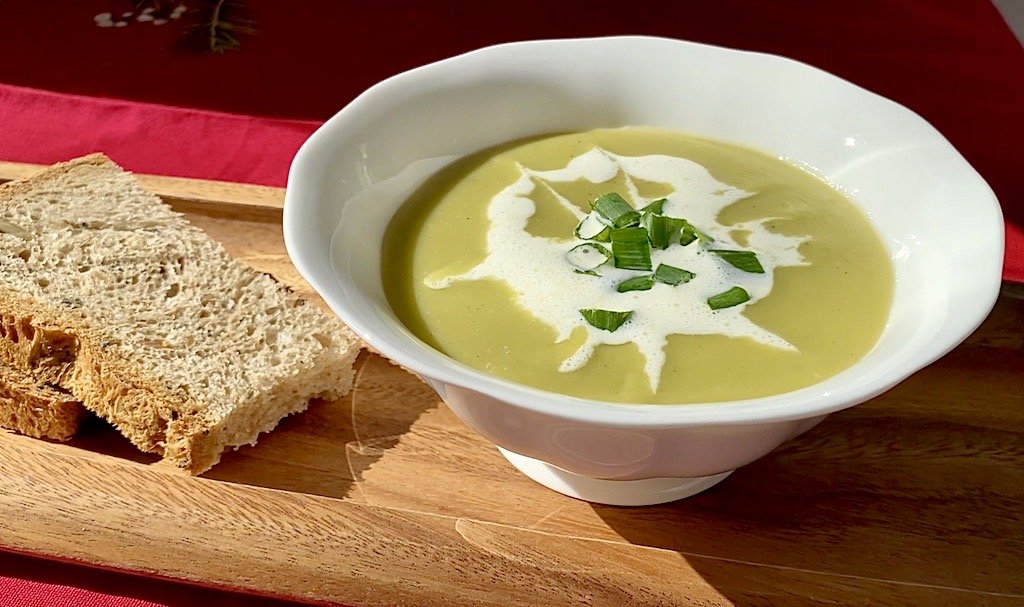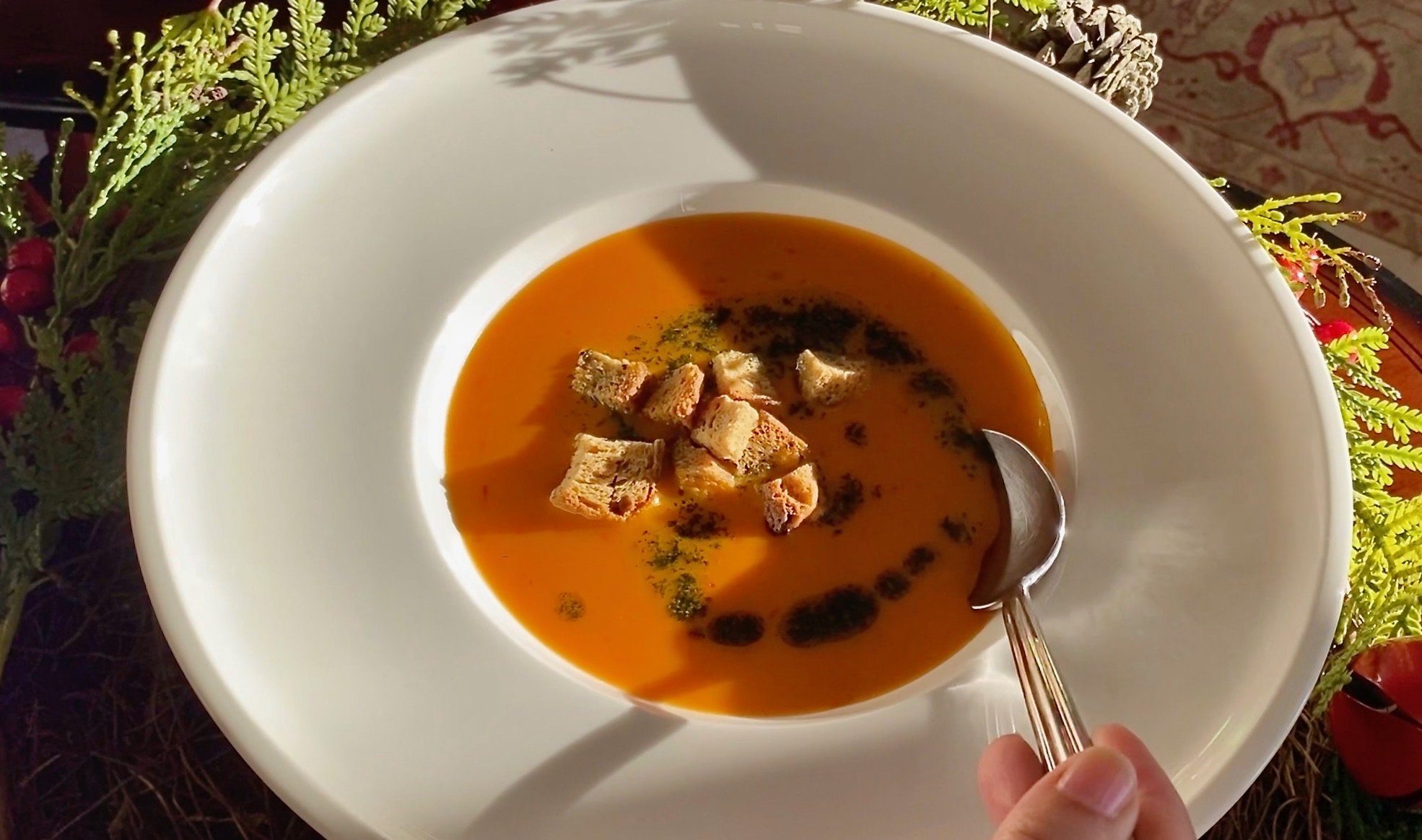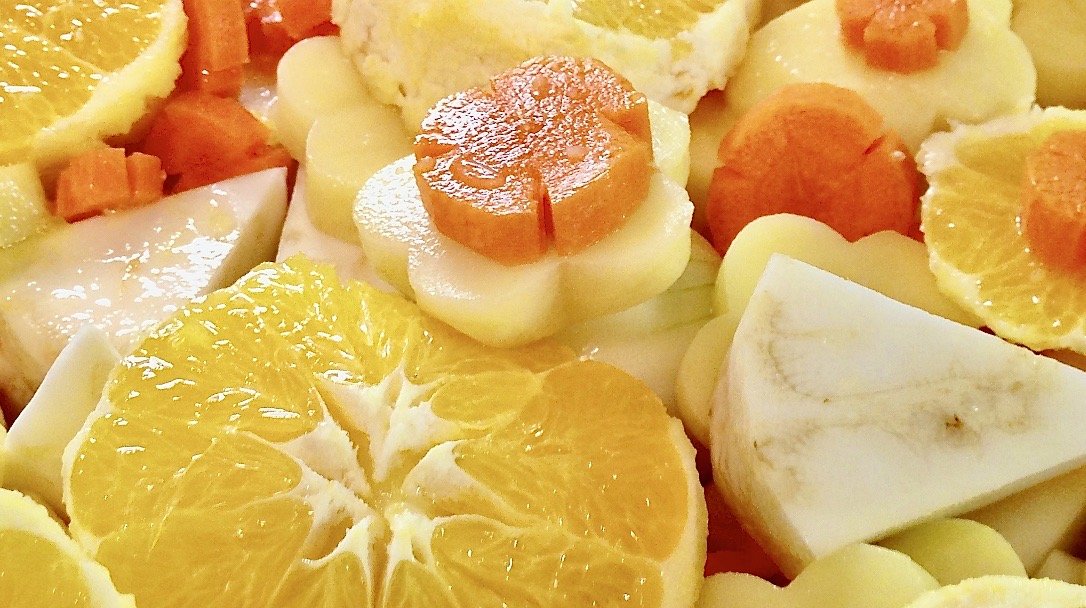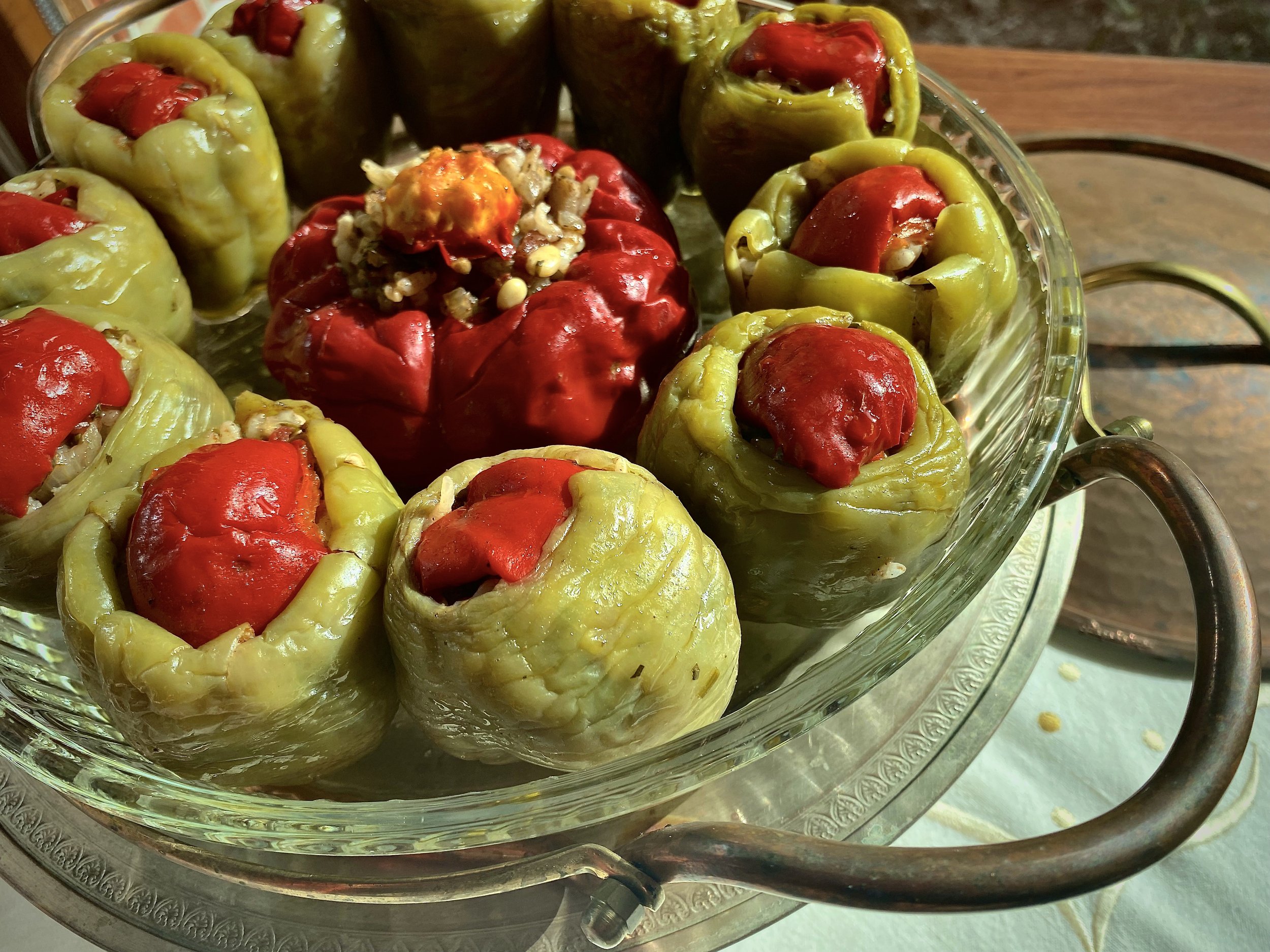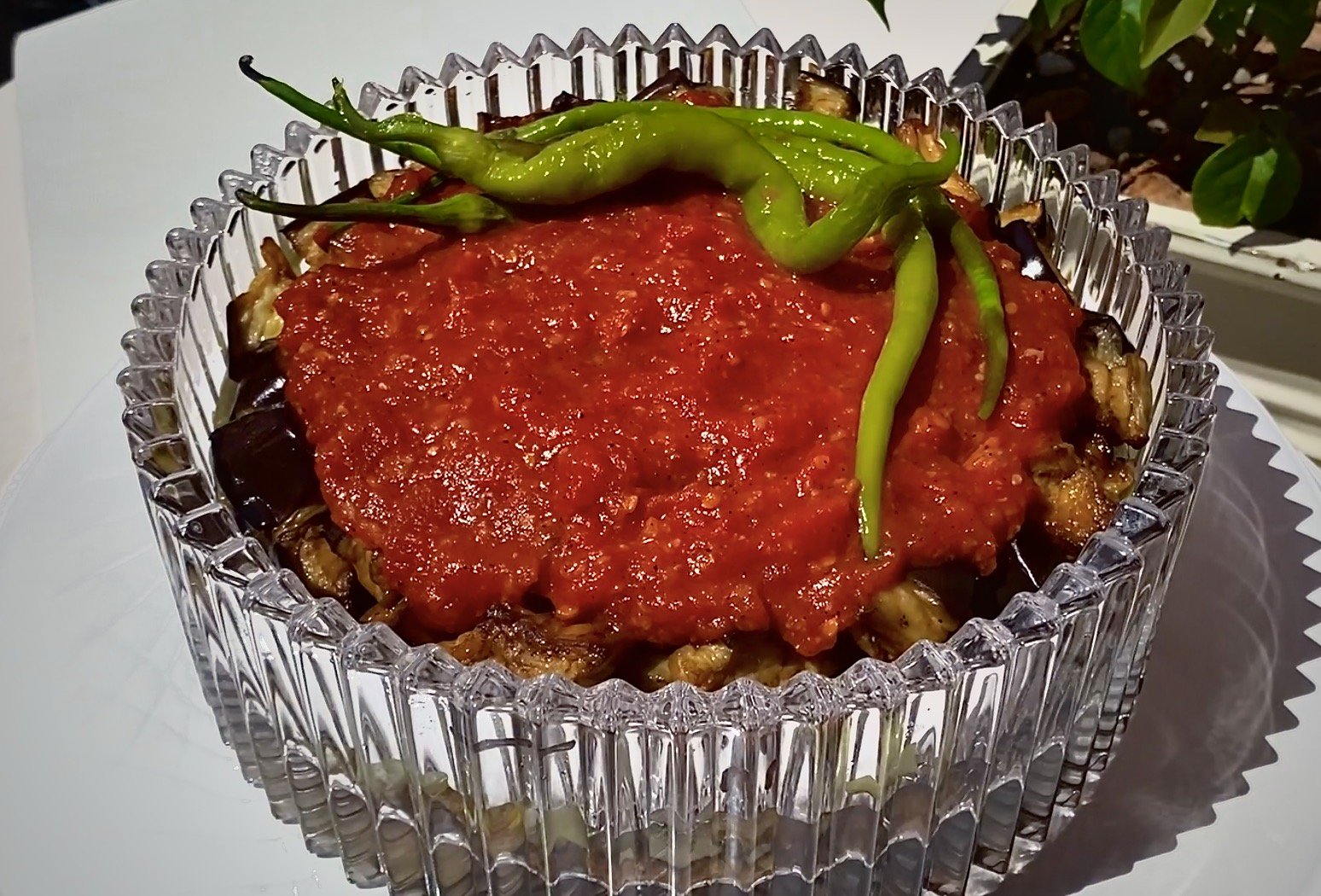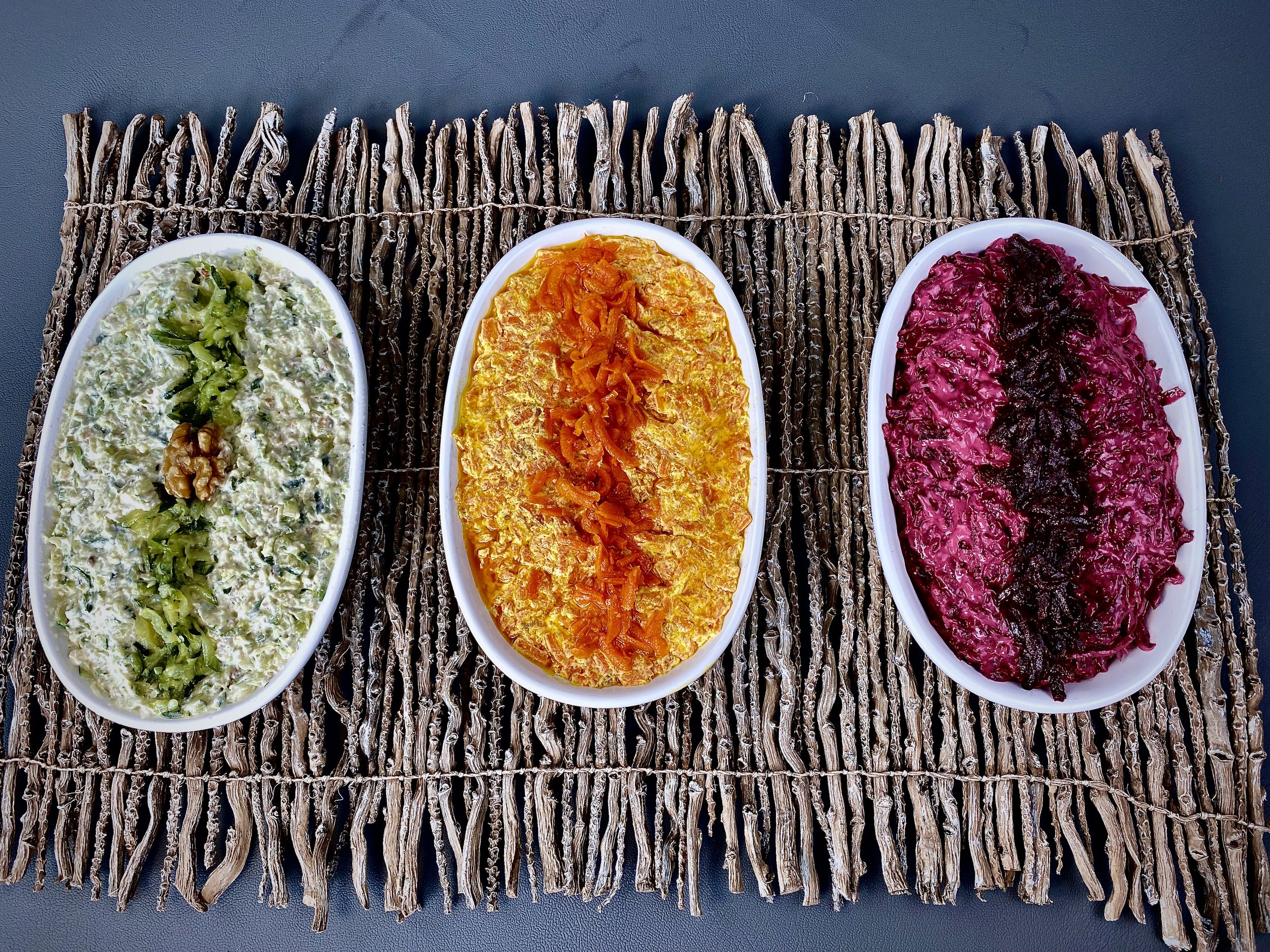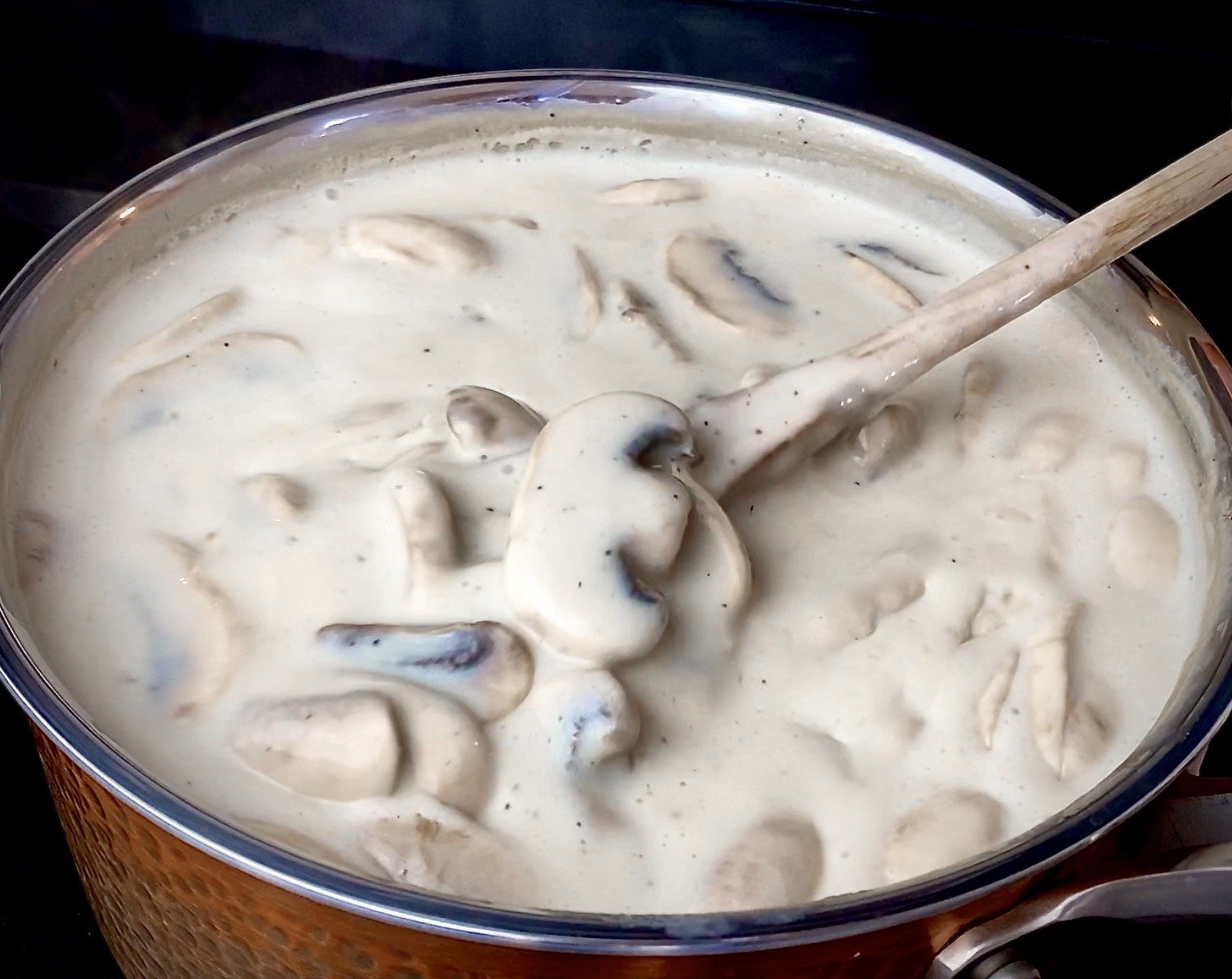The Echo of Bayram: A Childhood Memory
As Bayram approaches, nostalgia washes over me. In the rush of daily life, childhood traditions slip away, yet today, while tidying up, I found an old diary—its pages alive with memories of Bayram’s warmth and excitement.
I can almost hear the distant cannon fire marking the end of Ramadan, smell the baklava crisping in the oven, and feel the thrill of new holiday shoes. Bayram was never just a holiday; it was a time of love, laughter, and belonging.
Maybe, in our fast-paced world, we can still hold on to those moments. Maybe we just need to remember.
Here’s a glimpse into the Bayram of my childhood—the way it once was, and perhaps, the way it should always be!
Boom! The distant echo of a cannon firing from Selimiye Barracks marks the end of our last fast in Ramadan. Around the iftar table, young and old alike pause for a short prayer of gratitude before we begin our meal. The elders look a little weary, but we? We are buzzing with excitement. This is the last day of Ramadan—the eve of Bayram. Tomorrow is the big day!
For the past week, our house has been a whirlwind of activity. One task after another, carefully planned, steadily completed. First came the deep cleaning, the grand Bayram temizliği. It had to be spread out over several days because everyone was fasting. Even the daily helpers, who assisted with the heavy lifting, would rush home after finishing their work here to prepare their own houses for the celebration. Work hours were shorter, the workload lighter—after all, everyone was fasting.
Two days ago, my mother and aunts gathered to make baklava. Their laughter and chatter filled the house with a joy only they could create. I pretended not to care but secretly watched them closely. The best way to know what’s really happening in the family is to listen in on the grown-ups.
They kneaded a huge batch of dough, then rolled out paper-thin sheets with rhythmic taps of their rolling pins. Just like every year, they made enough baklava for three households. The delicate phyllo sheets, each layer impossibly thin, were left to air slightly on the marble countertop. Each tray would have exactly forty layers. Butter was slowly clarified, walnuts were shelled and ground fine. We weren’t allowed too close, but we still managed to steal a little walnut, a bit of phyllo—our own tiny rebellion. The most daring thing we could do? Sneak a bite of raw baklava dough while waiting for the real thing. But we knew from experience—too much, and we'd end up with a stomachache. Everything in moderation!
After lingering in the kitchen a little too long, we were finally shooed outside to play in the garden. There was no better way to pass the time than running under the sun, waiting for the scent of freshly baked baklava to drift out the windows. But another excitement had already begun—our Bayramlık shoes! Just two days ago, we had picked out our new holiday shoes. Last night, my little sister placed her brand-new red shoes beside her bed before falling asleep, only to wake up and immediately try to put them on. “They’re for Bayram,” my mother reminded her gently, tucking them away in the closet. Not just the shoes—our new dresses were being sewn, too. Once the baklava was finished, the last stitches would be made, the fabric ironed, and everything would be ready for the morning. I could hardly wait. My dress had blue ribbons. Blue was my favourite colour!!
Then, finally, the scent arrived. The garden filled with the rich, nutty aroma of golden, buttery baklava straight from the oven. Have you ever tasted freshly baked kuru baklava—baklava before it's soaked in syrup? It’s my favourite. In our house, baklava dough is made with a touch of salt, and the walnuts are only lightly sweetened. Straight out of the oven, buttery and crisp, it’s a flavour I love more than the syrup-soaked version. Last year, we sneaked too many slices before Bayram morning, leaving a lopsided mess of a tray. My mother was not pleased. This year, to keep us from ruining the main batch, she promised us a special tray—our very own, syrup-free baklava. And today, she kept her word.
At last, my aunt appeared at the garden gate, holding a tray just for us. No rules, no limits—we could eat as much as we wanted. The greatest feast before the real celebration even began. Crisp, fragrant, delicately sweet—just as I remembered.
A day before Bayram, we visited the cemetery. Since my grandmother lived with us, our home was the gathering place for relatives visiting her during the holiday. That meant today, we would visit those who had passed. Bayram days were for welcoming guests, so we paid our respects beforehand.
My mother had bought colourful violets to plant at the graves, and I carried the water bucket. Flowers needed their can suyu—the “life-giving water” that helped them settle into the earth. My father packed a broom and a trash bag, while my grandmother carried a small prayer book.
First, we cleaned the gravestones, planted the flowers, and gave them their first drink. Then, covering our heads with scarves, we stood quietly, whispering prayers. We thought of those resting beneath us and offered them our blessings. Then, one final prayer for all who lay in the cemetery before we left. My grandmother had been growing more sentimental lately. She seemed quiet when we returned home, retreating to her room. I could tell she felt both physically and emotionally drained.
And then—Bayram morning. We woke up early, washing up quickly before changing into our freshly pressed Bayramlık outfits. My mother had already set the breakfast table, simmered the syrup, and finished soaking the baklava. Everything was ready before the first guests arrived. Freshly made, still warm from the syrup, homemade baklava was both light and decadent at once.
Before breakfast, we followed tradition: Bayramlaşma. My father, back from the mosque after Bayram namazı, gathered us to pay our respects. Starting with my grandmother, we kissed the hands of our elders, pressing them to our foreheads in a gesture of reverence. They, in turn, showered us with blessings. Of course, my grandmother had the most visitors. The elders always prepared small gifts; pocket money, handkerchiefs, little trinkets. Every child who took part in the ritual left a little richer. By the end of Bayram, we had our own tiny fortune, free to spend as we wished.
But it wasn’t just family who knocked on our door. Throughout the day, neighbourhood children—some we knew, some we didn’t—came in groups to wish us a happy Bayram. My mother greeted each one with chocolates or candy, just as she did for our guests.
This was, after all, Şeker Bayramı—the Sugar Feast. Every visitor was first offered cologne, then sweets: Turkish delight, chocolates, desserts. After a few visits, the sugar rush became almost unbearable. Guests, having had enough sweets for one day, politely declined more candy, yet somehow always found room for another slice of homemade baklava. Tea and coffee offered a momentary break from the sugar frenzy, but it was a day of indulgence. Sometimes, my mother prepared freshly boiled corn, lightly salted, for those needing a savoury escape from all the sweets. It was a welcome relief for guests overwhelmed by one too many treats.
For three days, the visits continued. House after house, relative after relative, until even the most distant acquaintances and neighbours had been seen. And then, as suddenly as it began, Bayram ended. Life returned to normal.
But something lingered. In the chaos of those days, we were reminded—without ever saying it aloud—that we were part of something larger. The elders were happy, their presence cherished. Newborns were proudly introduced. Children had grown, matured, become wiser. No serious topics were discussed, yet important family updates were shared. Health and happiness were wished upon every guest.
And then, just like that, school and work resumed. It was harder for us children, but I think our parents were secretly relieved. The whirlwind of Bayram had passed, leaving behind its warmth, its memories, and the comforting hum of family life.




